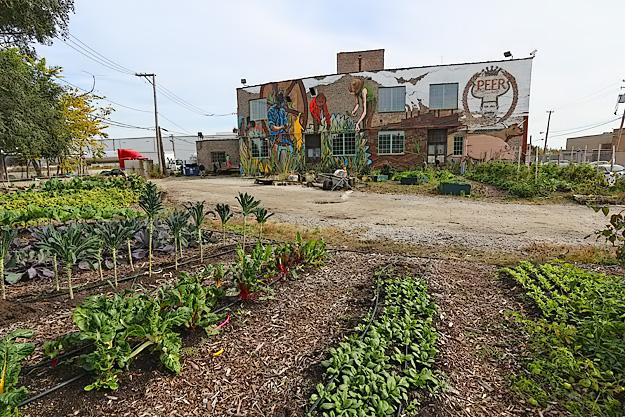I had no plans to visit the city of Syracuse when I headed for Sicily. I wanted to experience the Good Friday Procession in Taormina, and perhaps take a tour to the top of Mount Etna, but as for other destinations, I'd figure it out along the way, as usual. Sure enough, on the train from Naples to Sicily I met a couple of women who were on their way to Siracusa, as they called it. Both had emigrated to the United States many years ago and spoke perfect English, but they had been born and raised in Syracuse and were traveling back home to visit family. For half an hour they spun tales about the gorgeous Baroque churches, ancient Greek and Roman ruins, fresh markets, and mouthwatering food in their home town. I was hooked!

Two weeks later I stepped off the train and walked half a block to LOL Hostel, a warm and welcoming hostel in Syracuse that was ideally located midway between the city’s two most important attractions, the Archeological Park and Ortygia Island. The next morning I crossed the harbor bridge leading to the island and stopped in front of the Temple of Apollo, Sicily’s most ancient Greek temple and the second oldest in the world. Constructed in the 6th century B.C., at the point when Greek architecture was transitioning from wood to stone, its narrowly spaced Doric columns were revolutionary, if not experimental. Indeed, an inscription on the top step on the eastern facade lauds the temple’s unique construction:
There could hardly be a better symbol for Syracuse than the Temple of Apollo. Syracuse was founded in 734 B.C. on the island of Ortygia by the Greek city/state of Corinth, at a time when the Greeks were colonizing locations around the Mediterranean. For more than 400 years, during periods of democracy as well as rule by a series of Greek tyrants, Syracuse prospered and gradually extended its influence over much of Sicily and southern Italy. The situation finally changed in the third century B.C., when Rome battled the Phonecians of Carthage, who had long barred them from seafaring trade in the western Mediterranean. Sicily became the battleground and Rome eventually won the day, claiming Sicily as a spoil of war in 211 B.C. Roman Syracuse became the provincial capital of Sicily and a significant center of Christianity until A.D. 878, when the city was conquered by Muslims. In 1038 the city was recaptured by the Byzantine Empire (Greek speaking Romans), but just 47 years later the Normans conquered Sicily. Over the next few centuries, control of Syracuse flip-flopped between Romans, Genoese, French, and Spanish interests, until Sicily finally won independence in 1848. Throughout its tortured history, the Temple of Apollo has been used as a Byzantine church, an Islamic mosque, a Norman Church, Spanish barracks, and was even converted to private houses at one point. I stood at the edge of the excavation pit, marveling that any part of it had survived intact.
Copyright © 2015 by Hole in the Donut Cultural Travel. This article was written by Barbara Weibel and originally published on holeinthedonut.com.
*Image of old town of Syracuse, Sicily via Shutterstock





